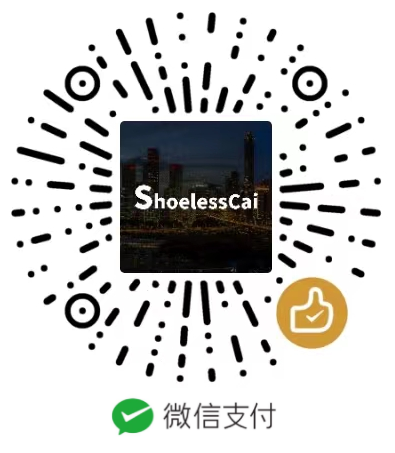
关于中医、传统医疗的一些应用文章,2022年4月25日重新翻译和理解。
Unit 4 - Passage Translation
Traditional medicine is the sum total of knowledge, skills and practices based on the theories, belief and experience indigenous to different cultures that are used to maintain health, as well as to prevent, diagnose, or treat physical and mental illnesses.
Traditional medicine that has been adopted by other populations, outside its indigenous culture, is often termed alternative or complementary medicine.
Herbal medicines include herbs, herbal preparations, and finished herbal products that contain parts of plants as active ingredients. In some Asian and African countries, 80% of the population depend traditional medicine for primary health care. In many developed countries, 70% - 80% of the population have used some form of alternative or complementary medicine such as acupuncture.
Unit 1 – Multiple - Cambridge
F: How close to the town center of Cambridge are we here.
M: Oh, I should think not much more than a quarter of a mile.
F: I can’t hear any traffic.
M: No. That’s the beauty of Cambridge, isn’t it? You’re here in the countryside and you might be miles from anywhere.
F: And there is that chapel, that famous landmark.
M: That’s it. The absolute symbol of Cambridge is King’s College Chapel.
F: It’s so beautiful, And that’s its land.
M: This is all King‘s College on either side. And when we’re coming into the college we impress on visitors that you do not walk on the grass. Only the fellows walk on the grass.
F: “Fellows only” and you hear about “fellows” colleges. What is a fellow? What does it mean?
M: In a company, they would be the directors of a company, so they’re very often at the same time lecturer and professors in the university; some are administrators, obviously, people like the treasurer of the college?
F: That, then, is Clare?
M: That is Clare College. That’s the next college. That’s the second oldest college in Cambridge.
F: Is it?
M: The buildings are seventeenth century but the college itself as founded early in the fourteenth.
F: This is Clare Bridge.
M: This is the oldest bridge in Cambridge.
F: Ah.
M: This is about 1640. This was built when they were rebuilding the college to bring in the building materials. So now we are up to Trinity College, And this is the grandest, the richest college of them all.
F: That is a splendid building, isn’t it?
M: This is the Wren Library.
F: It’s all on the upstairs floor; there’s nothing downstairs, except an arcade.
M: It’s very cunningly done, you see, because Wren’s very near the river. He wanted to avoid any risk of flooding.
M: And do pe put everything up off the ground level. Now we are into John’s.
F: This is John’s College here?
M: Which is the next biggest college after Trinity.
F: Marvelous! What a lovely sight! And, in spite of the university. A growth phenomenon. “The Cambridge phenomenon” they call this.
F: This is astounding – this one with this structure on the top.
M: They sometimes call this “the Bridge of Sighs”. And this is one of the very earliest developments of Cambridge on this side of the river.
M: Well, there are only two colleges like this which have a choir school attached – St John’s and King’s. And the choir school is over in that direction. You see the little boys coming down with their top hats and black coats.
原文链接
长按/扫码,有您的支持,我们会更加努力!


|
